Significant portions of compost are an essential part of many bioretention and other green infrastructure soils. Compost is a beneficial complement to the largely inert aggregate used to provide rapid infiltration in these mixes: It stores significant moisture—reducing peak and total flows, has a high capacity to trap nutrients and contaminants, and boosts the biological component of pollutant breakdown.[1] Equally important, compost promotes vigorous plant growth which intercepts rain and transpires moisture—potentially accounting for a high percentage of water entering the system[2] removing nutrients[3], and aiding infiltration.[4]
However the amount and qualities of compost used in green stormwater mixes have been blamed for effluent quality problems and infiltration failures. Many jurisdictions have reduced the common 40% compost fraction to 10-20%, or replaced it entirely with aged bark (Table 1). Some jurisdictions including Vancouver, B.C. are experimenting with structural-soils containing no compost.[5] Yet at the same time, arborists in these cities are complaining that even the full 40% compost mix does not hold enough water to support healthy tree growth. [6],[7]
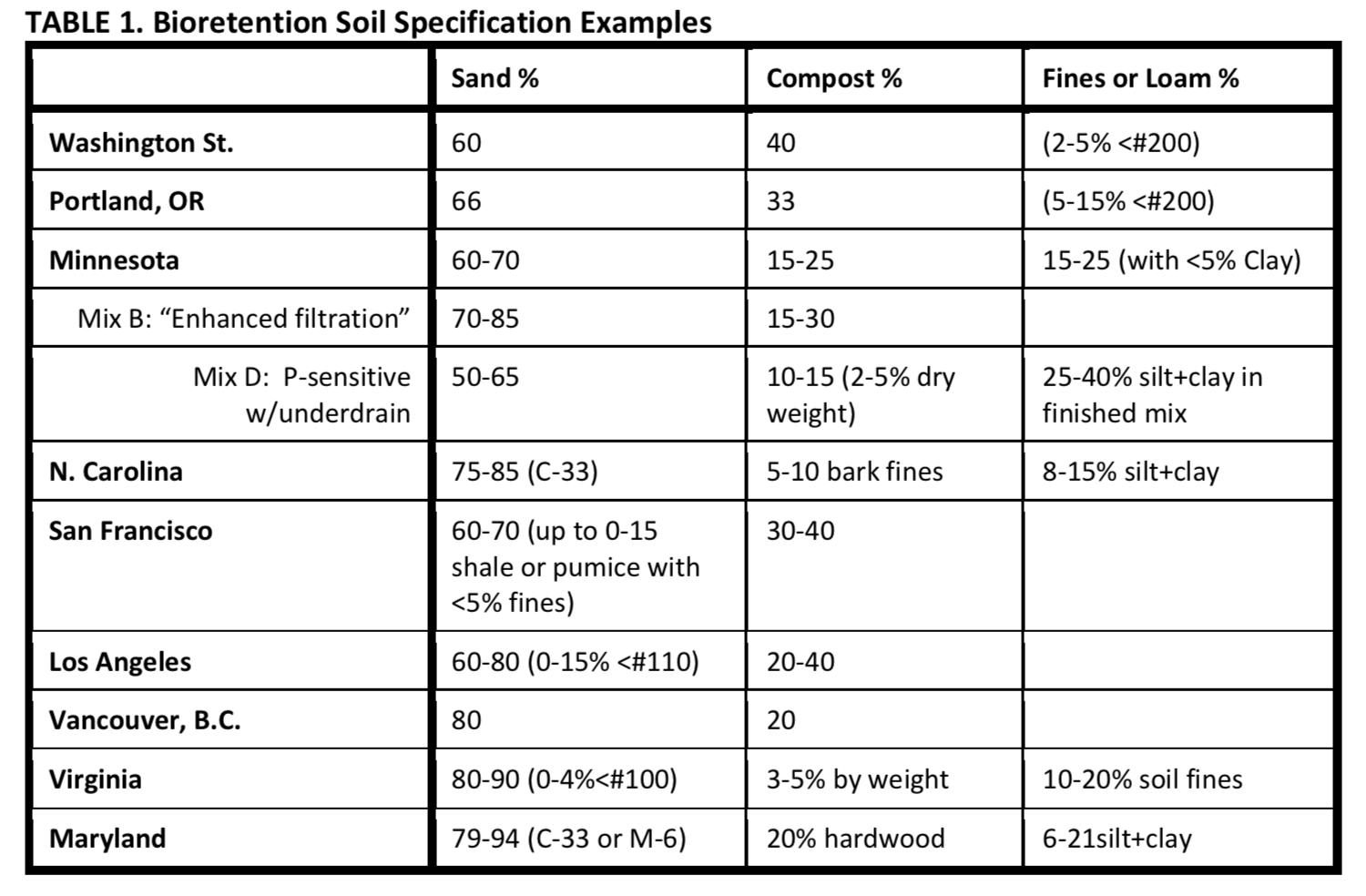
Reducing the percentage of compost in these mixes may be appropriate in some situations, but it is important to make the decision based on a solid understanding of their limitations, project specific needs, and consideration of the tradeoffs. First let’s examine whether compost causes clogging in 60% or greater sand mixes, and then tackle the more nuanced issues of nutrient leaching from these blends.
Infiltration
Field testing of established bioretention installations has consistently shown that 60:40 mixes infiltrate at higher rates than predicted or demonstrated in laboratory tests. Table 2 shows the results of field infiltration tests (ring infiltrometer or constant flow drawdown) at eight installations of 60:40 bioretention media in the Puget Sound region, with the age of each at the time of testing.
Table 2. Tested Infiltration Rates in Established 60:40 Bioretention Soils
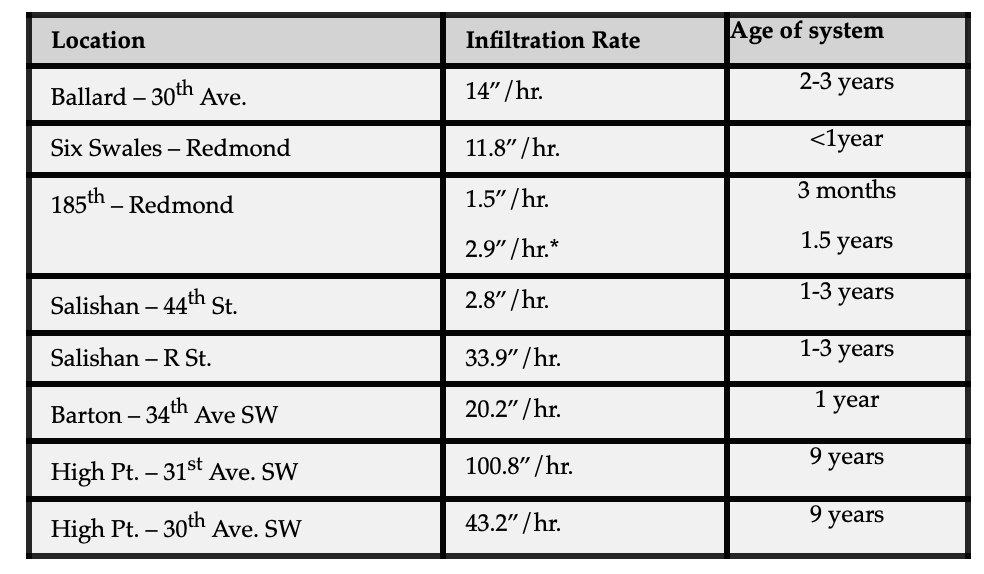
*1.5” mulch layer removed
“In-situ Infiltration Testing Results of Three Bioretention Cells” SPU Memorandum. 2014.
“Best Management Practice Evaluation Report”. City of Tacoma, NDPES Permit Report. 2015.
“Final report: 185th Ave. NE bioretention Stormwater Treatment System Performance Monitoring”. Herrera Environmental Consultants, for City of Redmond Public works. 2014
“Six Bioretention Swales Monitoring. Herrera Environmental Consultants, for Kitsap County Public Works. 2015.
The high infiltration rates may reflect that the soils are not compacted to the levels used in laboratory methods used for submittals, or the impacts plant root growth or organic matter oxidation increasing porosity matter over time. The primary laboratory method used to evaluate hydraulic conductivity in the mixes, ASTM 2434, was decertified in 2015 due to unreliability. It is not clear that other methods used by labs (e.g. ASTM F1815) are more accurate for these mixes.
Experience and Observations
In a survey of soil scientists, landscape architects and contractors who regularly work with and study bioretention soils, none knew of properly installed systems that had impaired drainage related to the organic content.7 All participants said infiltration failures they encountered were typically due to sediment inflows from incomplete construction cleanup prior to start-up, or lack of inflow settling basins where conditions called for them.
Several contributors warned of drainage problems when soil organic matter exceeds 10% (dry weight), though this may reflect textbook cautions[8] rather than lab-verified professional experience. 60:40 mixes using quartz sand are typically just 4-7% organic matter by weight. The only 35-40% compost mixes I have encountered that exceed 10% organic matter were mixed using pumice in place of a significant portion of the sand, which reduces the weight of the aggregate. This exception should not impact infiltration or drainage. (Other high organic content mixes investigated turned out to be improperly proportioned and/or made with ground wood rather than compost.)
Almost every infiltration failure that I have investigated in green infrastructure or loamy landscape soils involved compaction of the soil by construction activities when saturated, or improper placement and consolidation of lifts. Often soils with 10-15% organic matter–due to improper mixing or inclusion of high organic content natural loams–drain adequately on part of a site but fail to infiltrate in others. In every case, construction observation photographs showed the poorly drained area had been improperly installed in one or more common ways:
- Soil was dumped and stored in tall mounds in a portion of the planting area, then raked or pushed by loaders to fill the rest of the bed in a single 2-3’ deep lift without consolidation. Surprisingly, the soil compacted under the mound often drains adequately while the unconsolidated areas remain soggy.
- Construction materials or plants were stored on areas, and foot or equipment traffic involved in moving them creates a shallow compacted layer in selected areas, particularly if the soil is wet. Even low-impact equipment can compact wet soils significantly.
- Continuous positive grades of 1% or more were not established.
Use of Silva Cells for bioretention plantings can provide protection from these problems in situations where it is difficult to prevent soil compaction. Beyond these basic but often ignored provisions, there are several other factors that may have impaired the initial functioning of these soils (some recovered to function well after a few months):
- Dry compost may be hydrophobic, and swells when wetted. Installing dry compost may clog drainage until it becomes thoroughly moist, so capillary flow occurs.
- Placement of organic soils to depths of greater than 12”. The weight of surface soil may limit swelling of the compost, and lack of oxygen at these depths limits biological breakdown and aggregation.
- Excessive screening of compost eliminates coarse and irregular material that resist compaction and establish drainage pathways.
What are your experiences with drainage in these mixes? Share what you have observed (e- mail: [email protected]) and I will try to include in a future post.
[1] Khaleel, R., K.R. Reddy, and M.R. Overcash. 1981. Changes in soil physical properties due to organic waste applications: A review. J. Environ. Qual. 10:133-141.
[2] Scharenbroch, Morenroth and Maule. 2016. Tree Species Suitability to Bioswales and Impact on the Urban Water Budget, Journal Env Qual, 2016
[3] Denman, May & Breen. 2015. An investigation of the potential to use street trees and their root zone soils to remove nitrogen from urban stormwater. Australasian Journal of Water Resources. V10, no.6.
[4] Deeproot Blog post by Nathalie Shanstrom, July, 2014 summarizes several studies documenting the impact of trees on soil infiltration rates. http://www.deeproot.com/blog/blog-entries/how-trees-affect-soil-infiltration- rates.
[5] Vega, O. 2018. Application of Stormwater Tree Trenches in the City of Vancouver. City of Vancouver Green Infrastructure Implementation Branch.
[6] Portland Bureau of Environmental Services. 2016. Portland’s Bioretention Soil: The City’s Response to Research Concerning Pollutant Export,
[7] Stenn. 2017. GSI Soil Quality Investigation. For Seattle Public Utilities.
[8] Craul, P.J. 1999. Urban soils: Applications and practices. John Wiley and Sons, New York.
“Compost”by Oregon State University is licensed under CC BY-SA 2.0

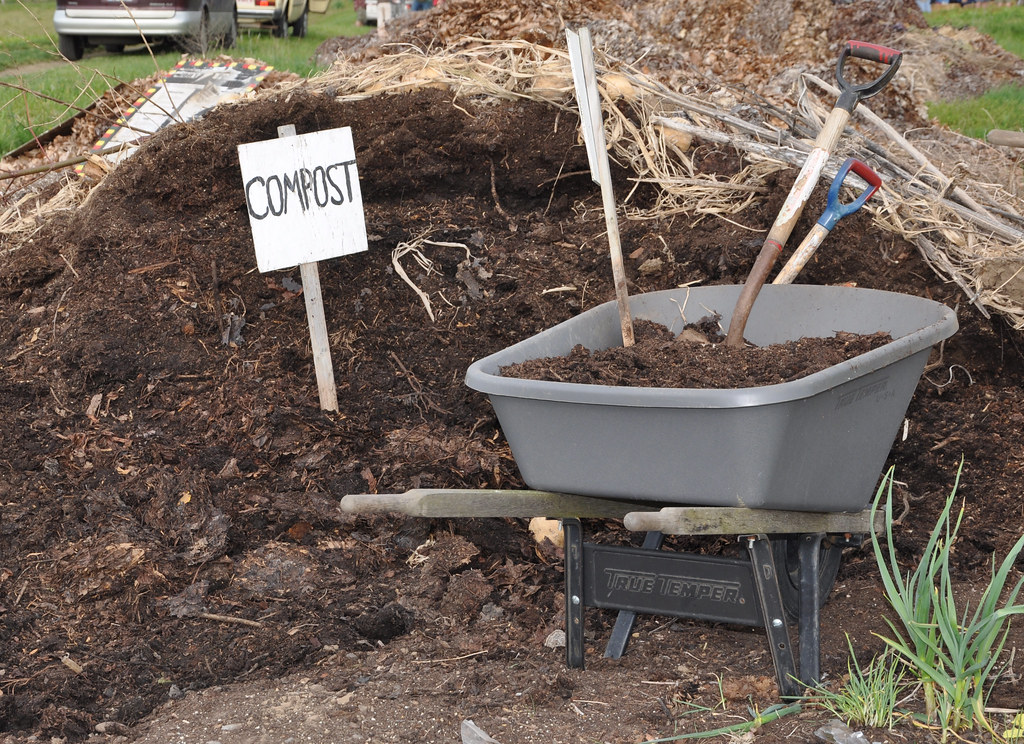

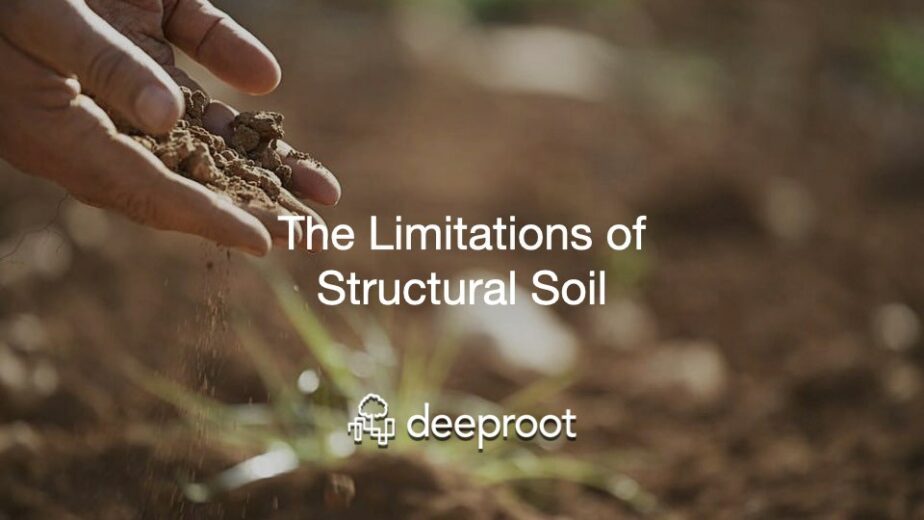
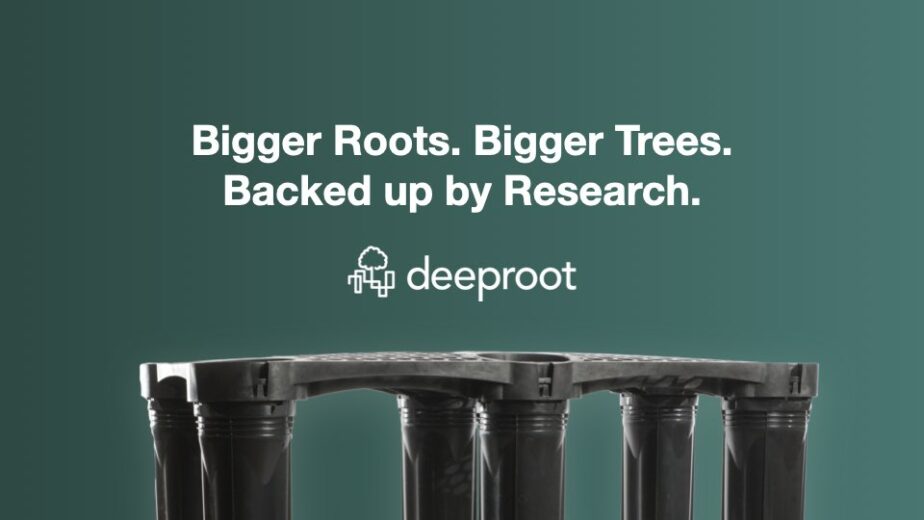

Leave Your Comment